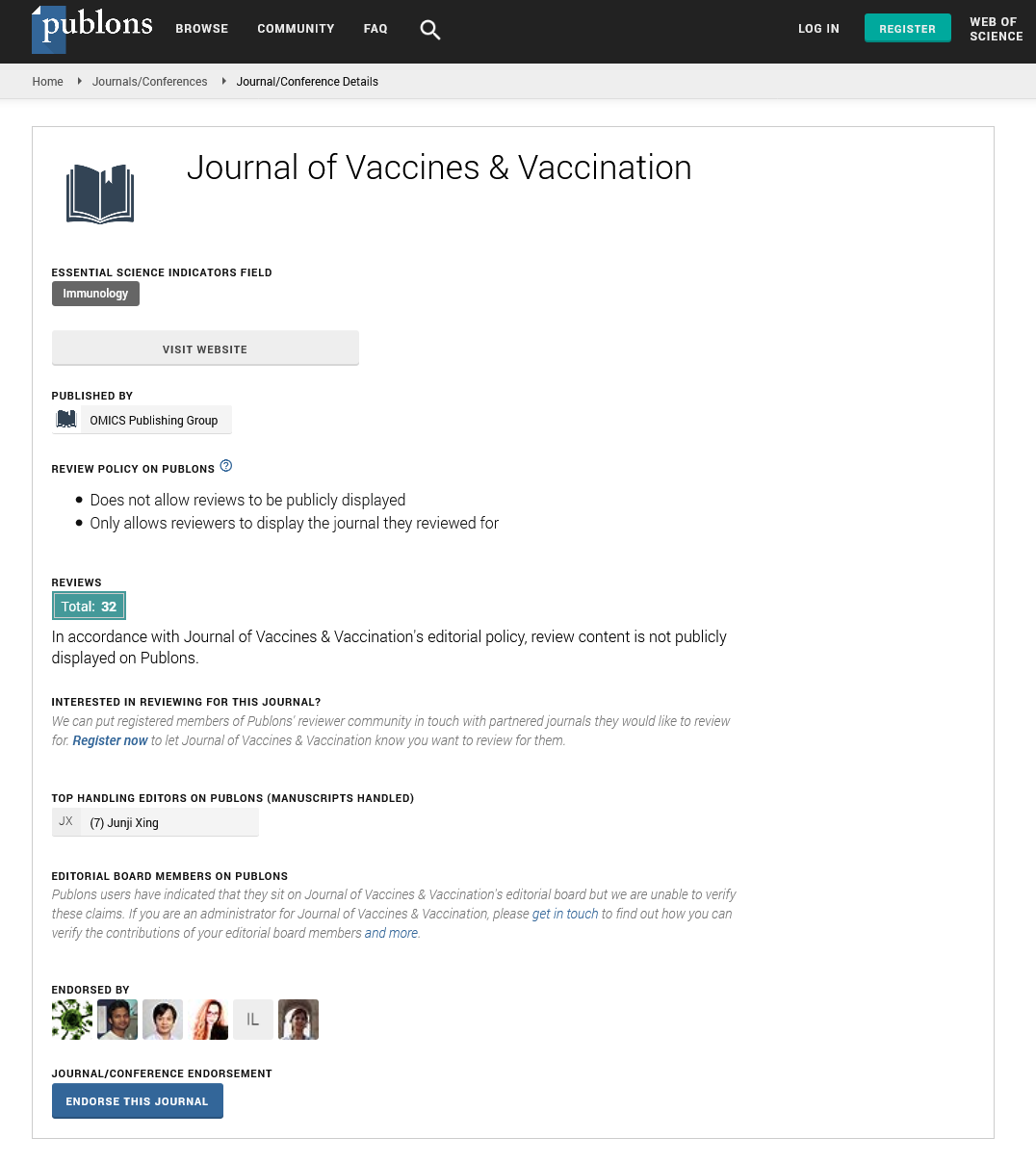Indexed In
- Academic Journals Database
- Open J Gate
- Genamics JournalSeek
- JournalTOCs
- China National Knowledge Infrastructure (CNKI)
- Scimago
- Ulrich's Periodicals Directory
- RefSeek
- Hamdard University
- EBSCO A-Z
- OCLC- WorldCat
- Publons
- MIAR
- University Grants Commission
- Geneva Foundation for Medical Education and Research
- Euro Pub
- Google Scholar
Useful Links
Share This Page
Open Access Journals
- Agri and Aquaculture
- Biochemistry
- Bioinformatics & Systems Biology
- Business & Management
- Chemistry
- Clinical Sciences
- Engineering
- Food & Nutrition
- General Science
- Genetics & Molecular Biology
- Immunology & Microbiology
- Medical Sciences
- Neuroscience & Psychology
- Nursing & Health Care
- Pharmaceutical Sciences
Abstract
The United States Is Struggling in the First Wave of COVID-19; How Can We Prepare for the Second?
Rashid A. Chotani
The emergence of SARS Coronavirus-2 (SARS-CoV-2) has drastically changed day-to-day reality globally. In the United States (US) after months of lockdown and shelter-in-place, the 50 states stated began reopening in the late spring and summer. There was a national three phase reopening plan but states opened up with varying guidelines and regulations and at different times. With widespread quarantine fatigue, protests, political rallies, initial confusion and later non-compliance with guidelines, SARS-CoV-2, the virus that causes COVID-19, was never contained and cases started surging. On July 27, US reported over 4.4 million cases and 150,000 deaths. With less than 5% of the global population, United States accounts for over 25% of global cases and around 23% of global deaths due to COVID-19. The uptick in cases which is greater than the initial peak in April before nationwide shutdowns were enacted, can’t just be explained by increased testing, as number of hospitalizations for complications of COVID-19 is also rising. We are in the second surge of the first wave of this pandemic and expect a second wave to hit the US in conjunction with the influenza season by mid-October of 2020. What have we learned and what do we need to do to prepare for the second wave? Where we are today in regards to interventions? With the breakdown of the public health system during the first wave will the US be prepared to deal with two infectious agents, COVID-19 and influenza from testing, tracking, tracing, PPE, hospitalizations, ICU beds and ventilators? This paper attempts to provide some critical steps require to build public health resources to decrease morbidity and mortality by building resilient communities.
Published Date: 2020-09-22; Received Date: 2020-09-11

